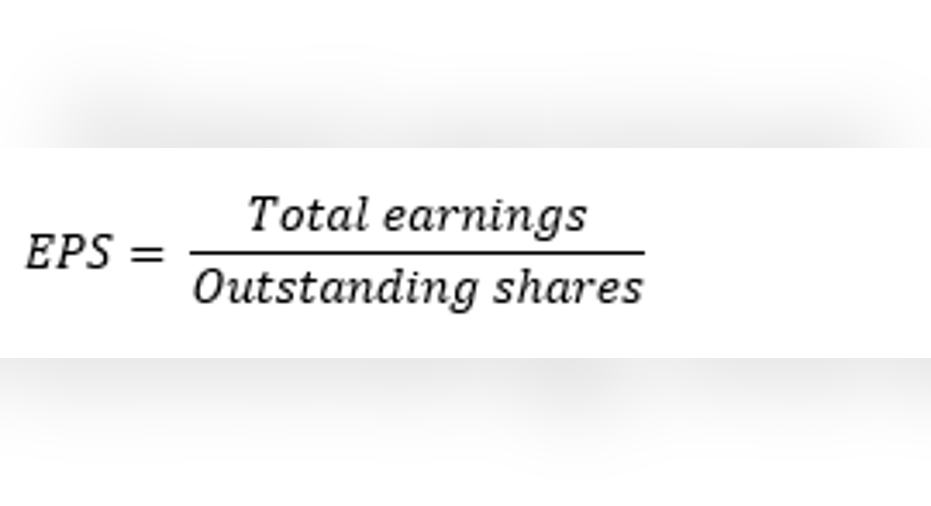How to Calculate Earnings Per Share on a Balance Sheet

Photo: www.SeniorLiving.org
One of the most useful metrics in assessing a company's profitability is earnings per share, and it can be calculated from information found on that company's balance sheet and income statement, two of the main financial statements. Here's the calculation method, and why it's useful to know.
How to calculate earnings per shareAs mentioned, you need two financial statements to calculate earnings per share, or EPS. You'll need the net income and preferred stock dividends (if any) from the income statement, as well as the number of common shares outstanding, which can be found in the stockholders' equity section of the balance sheet.
First, subtract the preferred dividends paid from the net income. This will tell you the total earnings available to common shareholders.
Next, divide the earnings total you just calculated by the number of outstanding shares listed on the balance sheet. This will give you the EPS.
For example, if a company's net income was $10 million, and it paid $1 million to preferred shareholders, there would be $9 million in earnings available to common shareholders. If the company had 20 million outstanding shares, the EPS could be calculated as:
Why EPS is important to calculateEarnings per share is important to investors because it breaks down a company's profits on a per-share basis, which is especially useful for tracking performance over long time periods. Over time, a company's total number of outstanding shares can change significantly, so the total earnings may not be indicative of higher profitability for shareholders.
For example, if a company earned $10 million in 2000 and $20 million in 2010, it may appear that profitability doubled. However, during that period, if the number of outstanding shares increased from 10 million to 40 million, we can calculate that earnings per share actually declined from $1.00 to $0.50.
EPS is also used in several valuation metrics, particularly the price-to-earnings ratio, which is probably the most widely used way to compare stocks' valuations. By dividing the current share price by the earnings per share, we can get a basis for comparing the company to either its own historical valuation, or to other companies in the same industry, in order to assess whether it is expensive or fairly valued.
This article is part of The Motley Fool's Knowledge Center, which was created based on the collected wisdom of a fantastic community of investors. We'd love to hear your questions, thoughts, and opinions on the Knowledge Center in general or this page in particular. Your input will help us help the world invest, better! Email us atknowledgecenter@fool.com. Thanks -- and Fool on!
The article How to Calculate Earnings Per Share on a Balance Sheet originally appeared on Fool.com.
Try any of our Foolish newsletter services free for 30 days. We Fools may not all hold the same opinions, but we all believe that considering a diverse range of insights makes us better investors. The Motley Fool has a disclosure policy.
Copyright 1995 - 2016 The Motley Fool, LLC. All rights reserved. The Motley Fool has a disclosure policy.



















